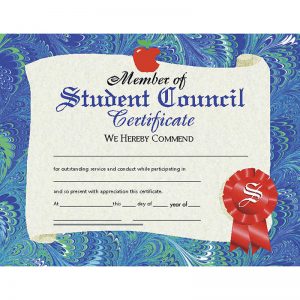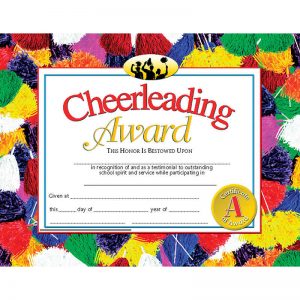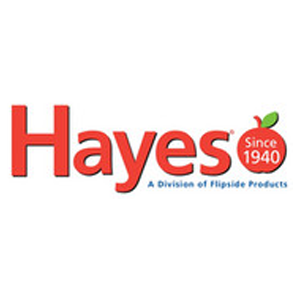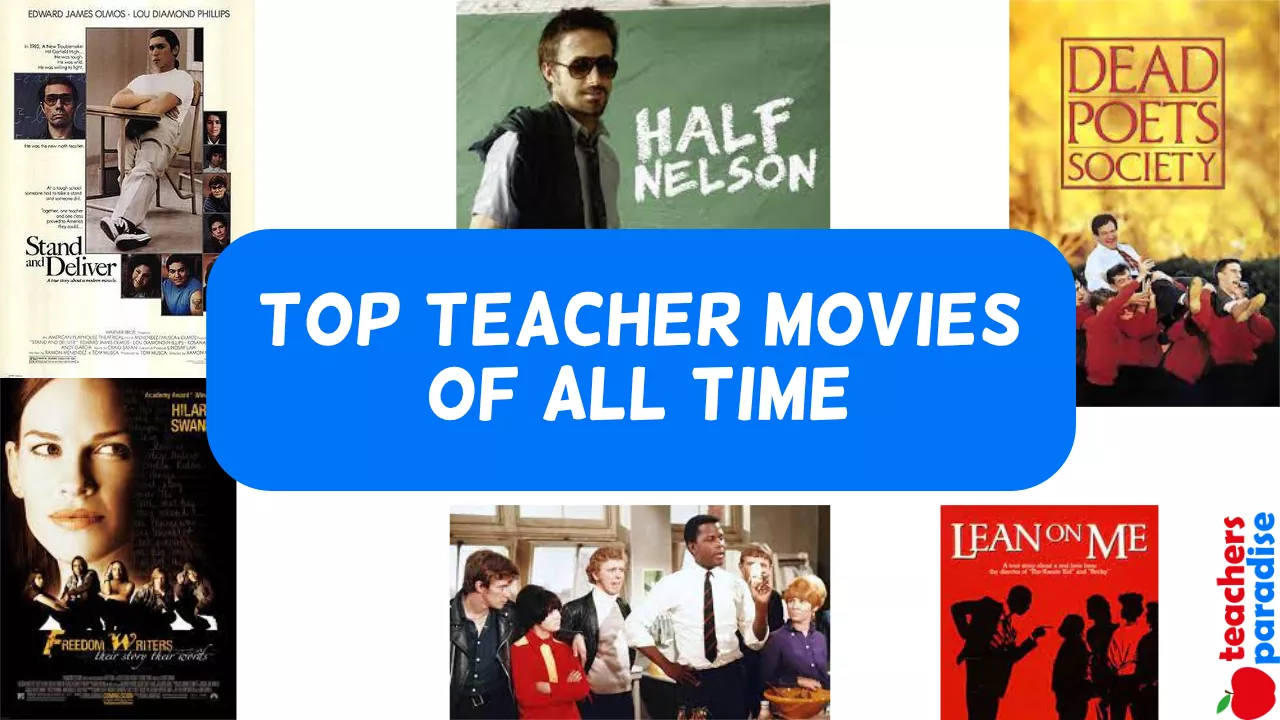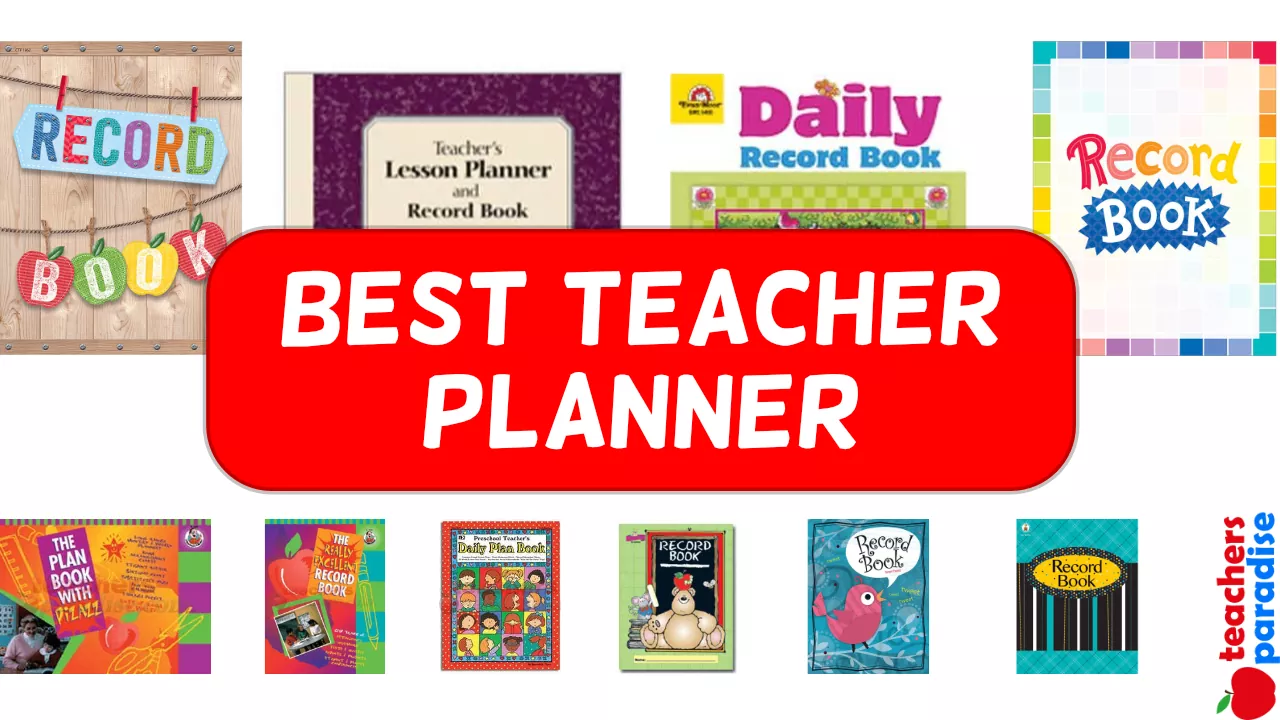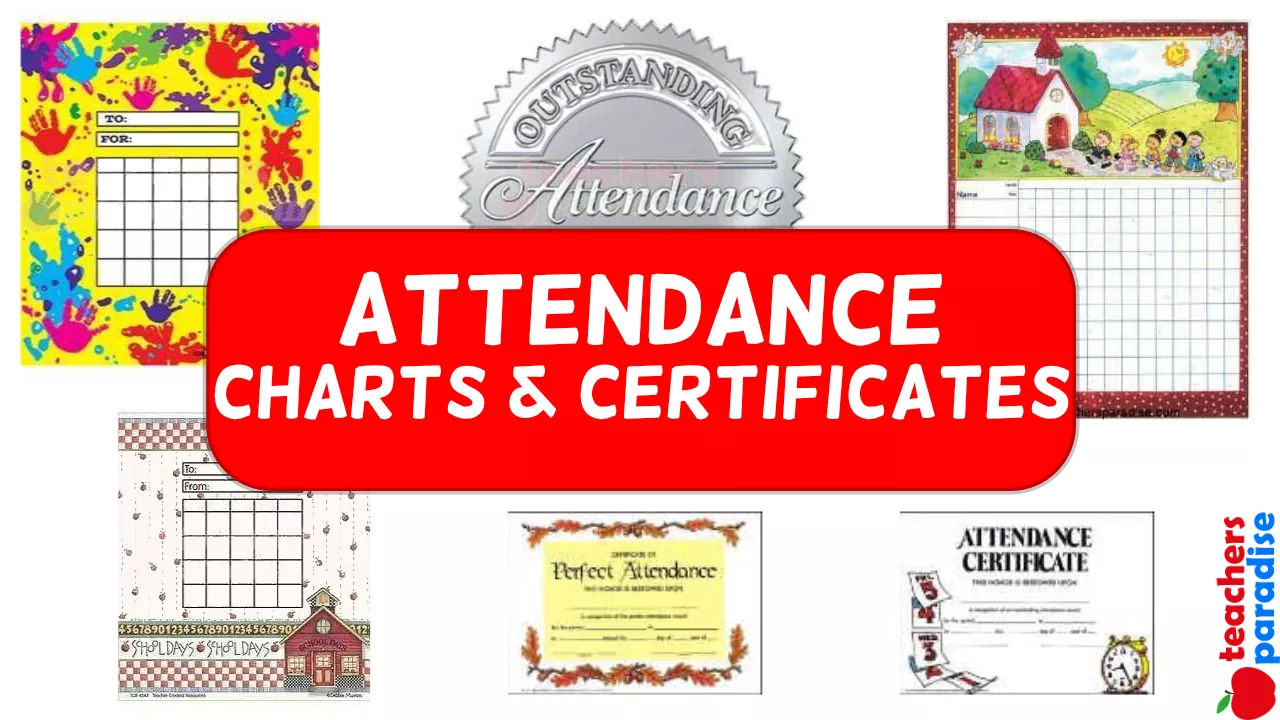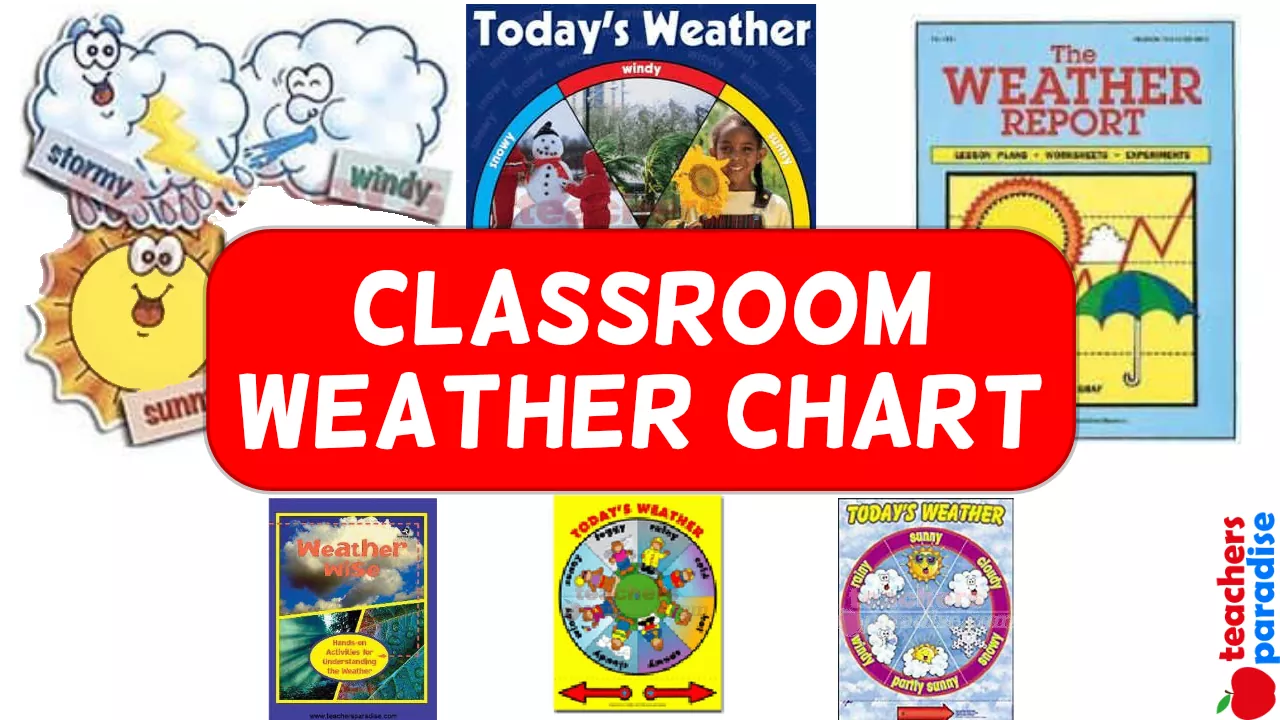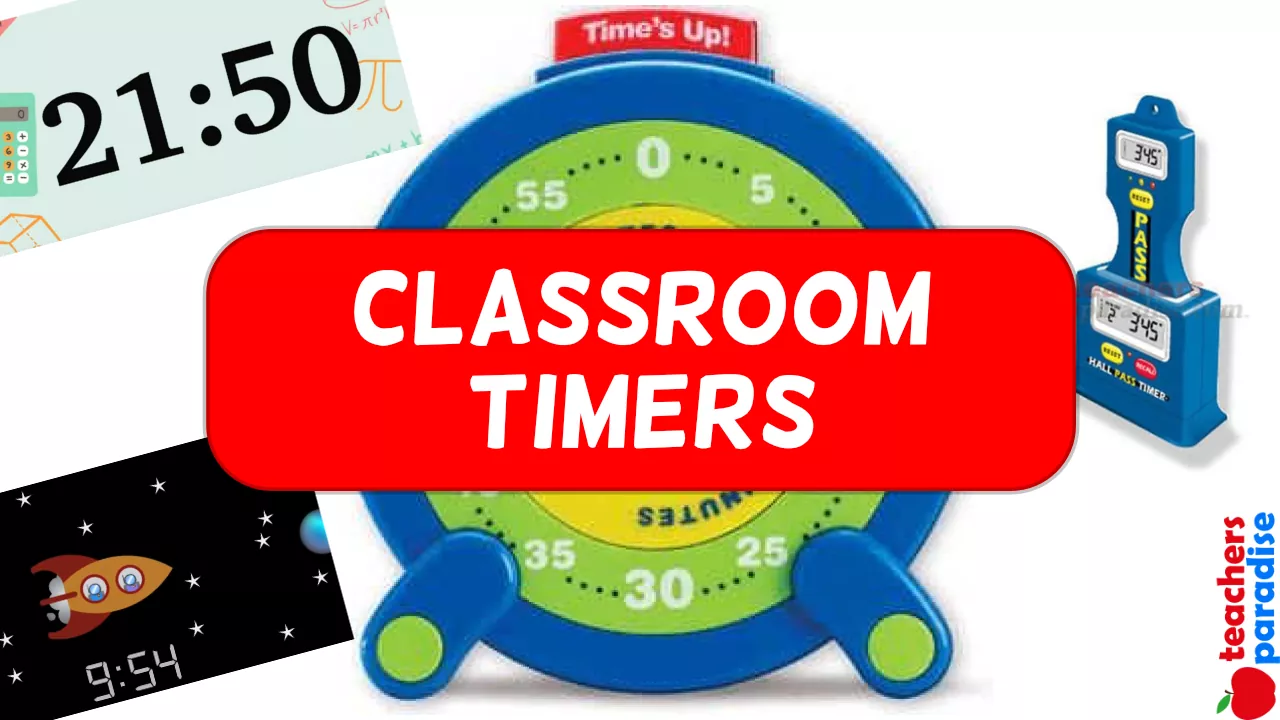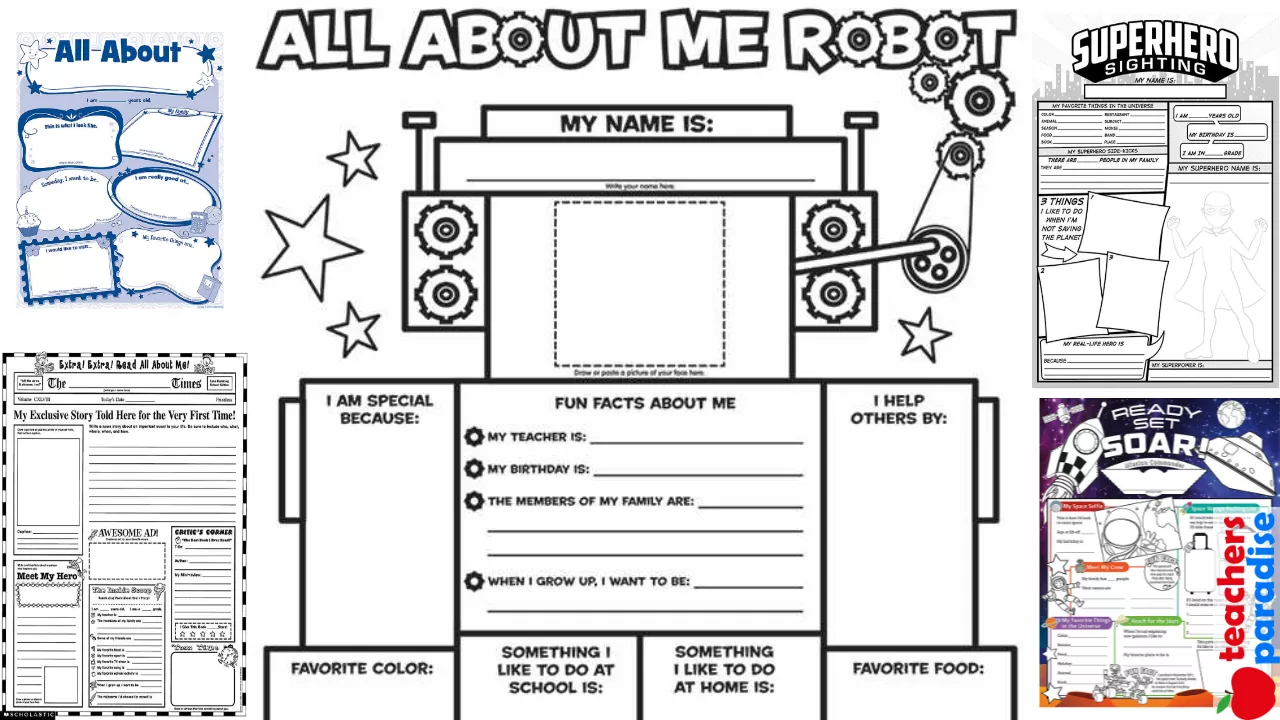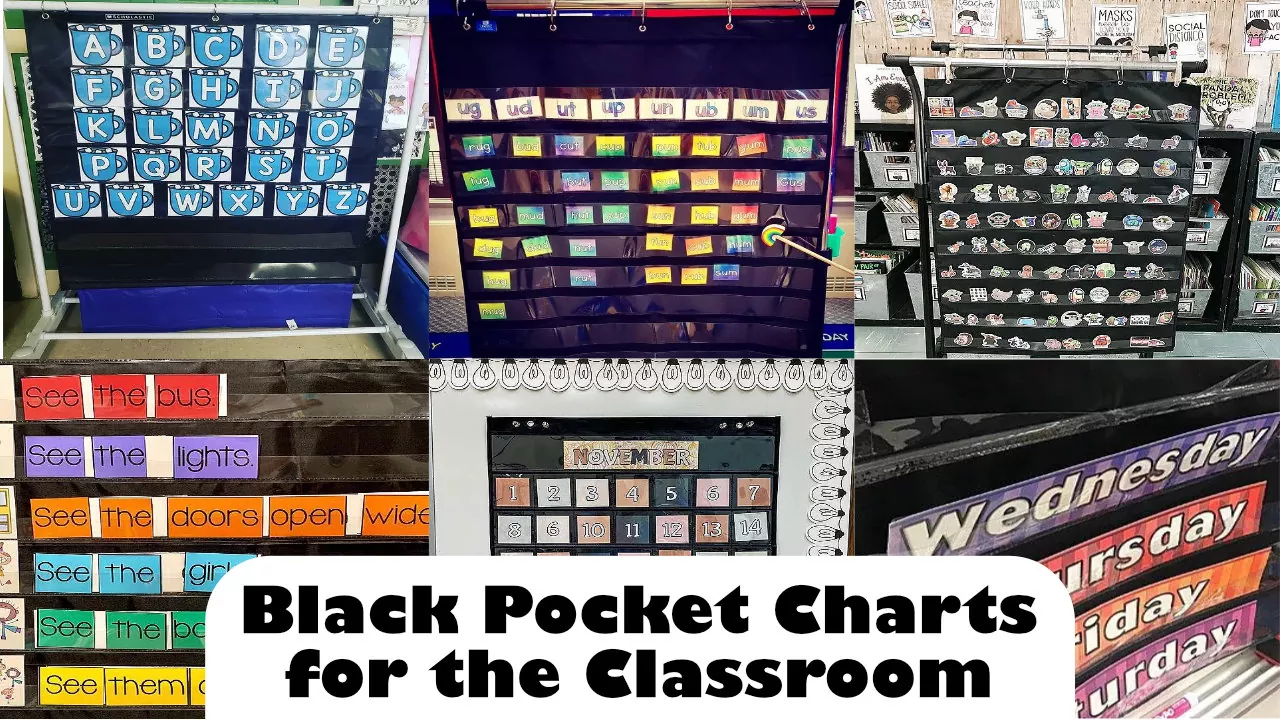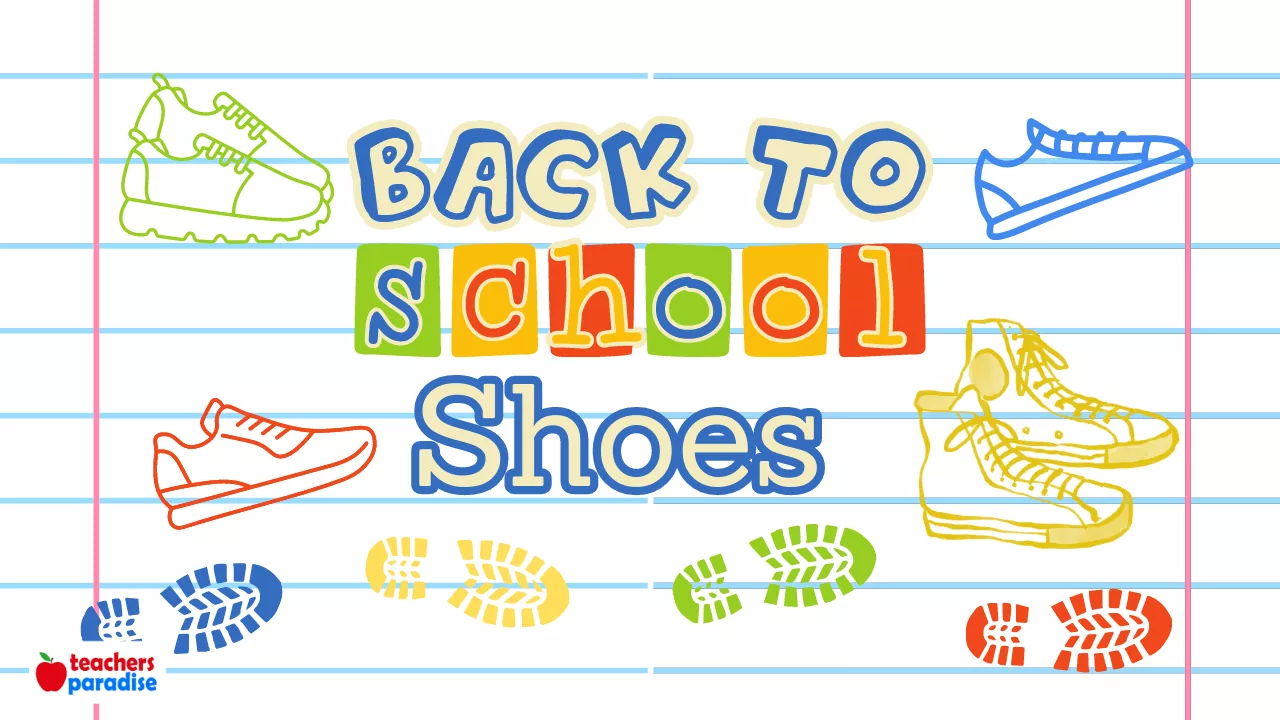Grade 4-8 Narrative Writing Activities
TO THE TEACHER
Narrative writing skills help students become better thinkers and writers. Narratives allow students opportunities to be creative, imaginative, and personal. However, most would-be writers do not realize the amount of planning, research, and revision involved in effective writing. Narrative Writing guides students step by step to final composition.
The goals of this book are:
•to instill in students a desire to express themselves in writing
•to teach and reinforce writing skills and enhance writing competence and confidence
•to provide high-interest, meaningful lessons that inspire creativity and critical thinking
The lessons in this book contain background information, checklists, graphic organizers, and write-in activities. Many lessons also include a “student assignment” to offer extra practice. This book is organized into three sections:
I. All About Narrative Writing describes the different types of narratives. It explains the elements that make an effective narrative.
II. Writing Narratives teaches the writing process steps of prewriting, drafting, editing, and publishing. It gives practice writing dialogue, using figurative language, and creating characters.
III. Assessment evaluates students’ work for mastery and/or areas for improvement.
WORKSHEET & Sample PDF Activity
Sample PDF Activity
What is Narrative Writing?
Once upon a time, in a little schoolhouse, there lived a prince. Now, this prince was ordinarily a pleasant and happy boy. He smiled a lot. But today was very different. The prince wasn’t smiling. He was scowling.
“I won’t do it!” he muttered, staring down at the blank sheet of paper on his desk. “I can’t do it! And I don’t want to do it!”
The prince had been given an assignment from his teacher. Write a narrative, she had said. That was the problem. The prince did not know how to write a narrative. He did not even know what a narrative was. And so, the prince kept scowling.
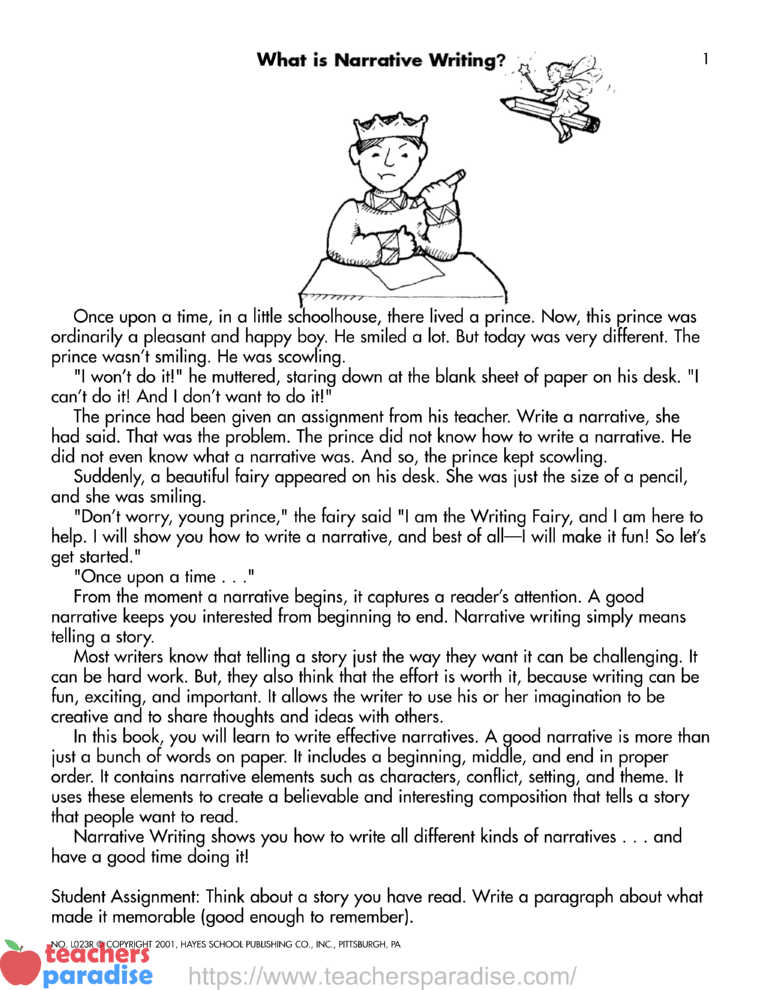
Suddenly, a beautiful fairy appeared on his desk. She was just the size of a pencil, and she was smiling.
“Don’t worry, young prince,” the fairy said “I am the Writing Fairy, and I am here to help. I will show you how to write a narrative, and best of all—I will make it fun! So let’s get started.”
“Once upon a time . . .”
From the moment a narrative begins, it captures a reader’s attention. A good narrative keeps you interested from beginning to end. Narrative writing simply means telling a story.
Most writers know that telling a story just the way they want it can be challenging. It can be hard work. But, they also think that the effort is worth it, because writing can be fun, exciting, and important. It allows the writer to use his or her imagination to be creative and to share thoughts and ideas with others.
In this book, you will learn to write effective narratives. A good narrative is more than just a bunch of words on paper. It includes a beginning, middle, and end in proper order. It contains narrative elements such as characters, conflict, setting, and theme. It uses these elements to create a believable and interesting composition that tells a story that people want to read.
Narrative Writing shows you how to write all different kinds of narratives . . . and have a good time doing it!
Student Assignment: Think about a story you have read. Write a paragraph about what made it memorable (good enough to remember).
Types of Narrative Writing
Narrative writing can take many different forms. A writer can present his or her ideas in fiction, nonfiction, and personal narratives.
Fictional narrative—a story that is invented
Nonfiction narrative—a story written about actual events and people
Personal narrative—a story written about your own experiences
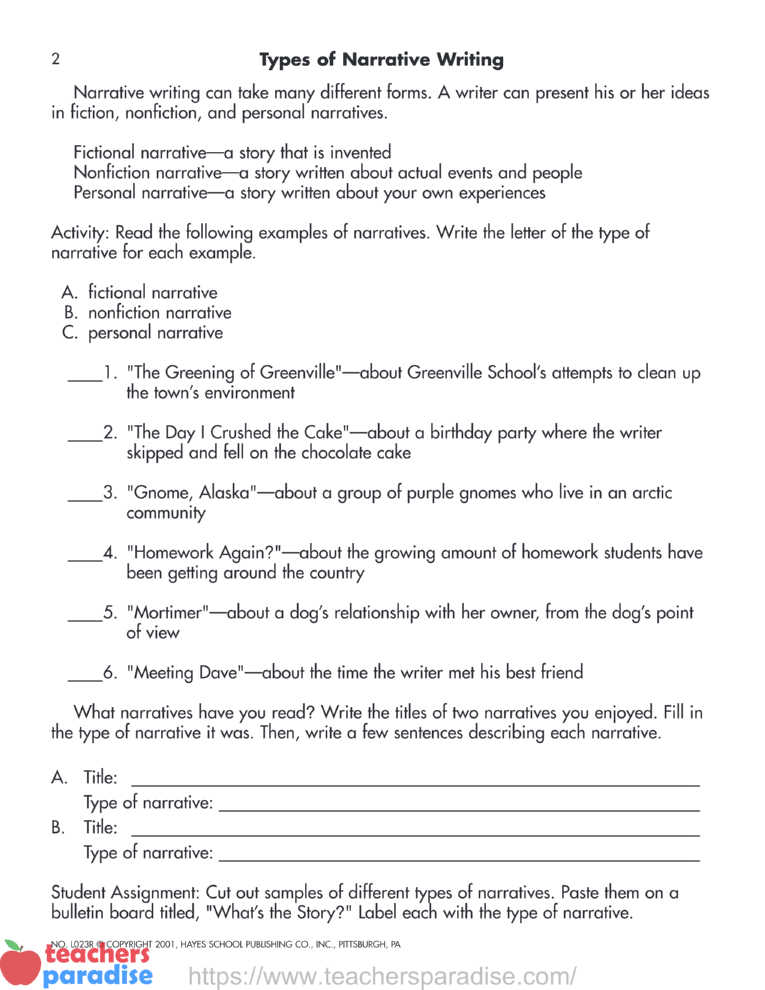
Activity: Read the following examples of narratives. Write the letter of the type of narrative for each example.
A. fictional narrative
B. nonfiction narrative
C. personal narrative
- “The Greening of Greenville”—about Greenville School’s attempts to clean up the town’s environment
- “The Day I Crushed the Cake”—about a birthday party where the writer skipped and fell on the chocolate cake
- “Gnome, Alaska”—about a group of purple gnomes who live in an arctic community
- “Homework Again?”—about the growing amount of homework students have been getting around the country
- “Mortimer”—about a dog’s relationship with her owner, from the dog’s point of view
- “Meeting Dave”—about the time the writer met his best friend
What narratives have you read? Write the titles of two narratives you enjoyed. Fill in the type of narrative it was. Then, write a few sentences describing each narrative.
A. Title: _____________________________________________________ .
Type of narrative: ___________________________________________ .
B. Title: _____________________________________________________ .
Type of narrative: ___________________________________________ .
Student Assignment: Cut out samples of different types of narratives. Paste them on a bulletin board titled, “What’s the Story?” Label each with the type of narrative.
Parts of a Narrative & crossword puzzle
The parts of a narrative are often called components or story elements.
The components of a narrative are:
plot—the action of the story
characters—the people or animals in the story
setting—the time and place in which the story takes place
theme—the message or lesson of the story
conflict—the problem or obstacle the character is trying to overcome
point of view—the voice of the person telling the story
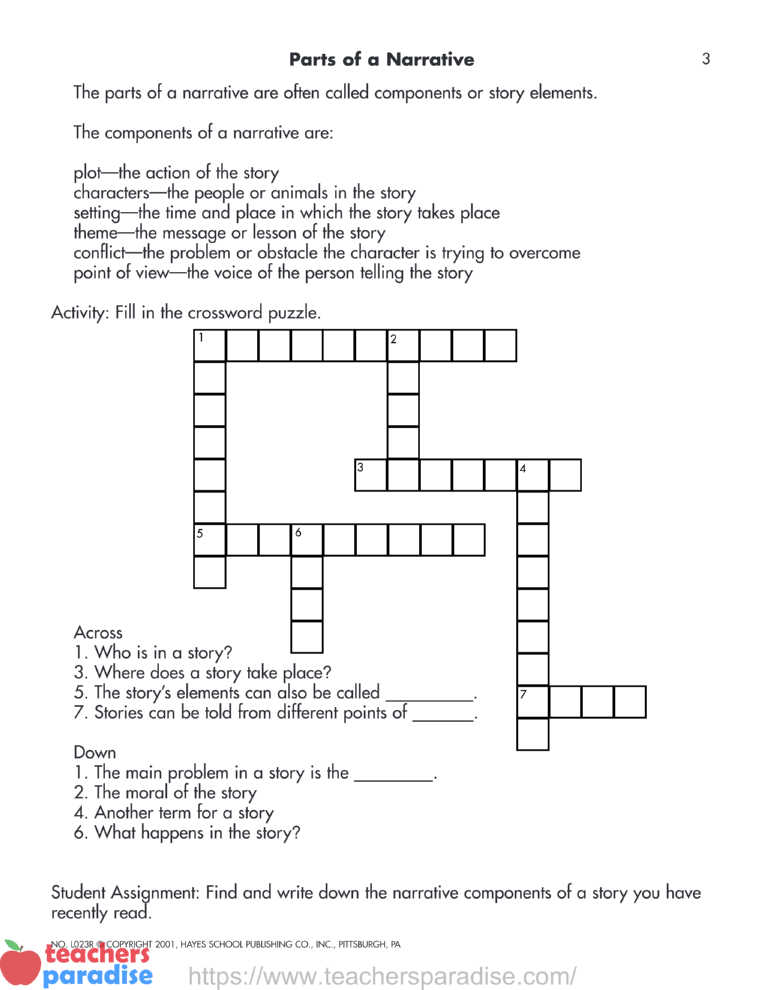
Across
- Who is in a story?
- Where does a story take place?
- The story’s elements can also be called __.
- Stories can be told from different points of _.
Down
- The main problem in a story is the _.
- The moral of the story
- Another term for a story
- What happens in the story?
Student Assignment: Find and write down the narrative components of a story you have recently read.
Table of Contents
All About Narrative Writing
What is Narrative Writing? – 1
Types of Narrative Writing – 2
Parts of a Narrative – 3
The Plot Thickens – 4
Boxing a Plot – 5
All in Order – 6
A Very Special Place – 7
It’s All in the Details! – 8
Who is in a Narrative? – 9
Character Web – 10
Co-starring, The Secondary Character – 11
Who Is That Character? – 12
Who Is That Character? (continued) – 13
The Main Character: You! – 14
What’s the Problem – 15
What’s Your Problem? – 16
From Conflict to Success – 17
Who is Telling the Story? – 18
As I See It – 19
Two Different Viewpoint – 20
The Theme – 21
“Say What?” – 22
Spoken For a Reason – 23
Figures of Speech – 24
Figurative Language Web – 25
Flash! Back in Time – 26
The Genres – 27
Identifying Genres – 28
Writing Narratives
The Writing Process – 29
Choosing Your Topic – 30
Narrative Writing Prompts – 31
Narrative Writing Prompts (continued) – 32
Outlining a Narrative – 33
Your Outline – 34
Mapping Your Story – 35
Research Time – 36
The First Draft – 37
The Narrative Body – 38
All’s Well That Ends Well – 39
Revising Your Narrative – 40
Sentence by Sentence – 41
Sentence by Sentence continued – 42
The Writing Basics – 43
Editing Your Report – 44
Proofreading – 45
The Final Draft – 46
Publishing – 47
The Title Is – 48
In My Experience – 49
Nice to Meet You? – 50
Twisted Tales – 51
Action Writing – 52
Environmental Essay – 53
Profile A Pertinent Person – 54
Time Traveler – 55
Write Your Historical Narrative – 56
Double Trouble! – 57
Just for the Fun of It! – 58
The New Kid at School – 59
Kid Stuff – 60
Review: The Ice Cream King – 61
The Ice Cream King (continued) – 62
The Ice Cream King (continued) – 63
The Ice Cream King (continued) – 64
Assessment
Final Student Assessment – 65
Final Teacher Assessment – 66

